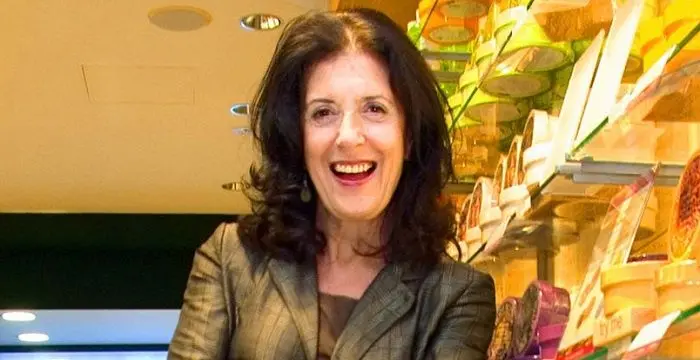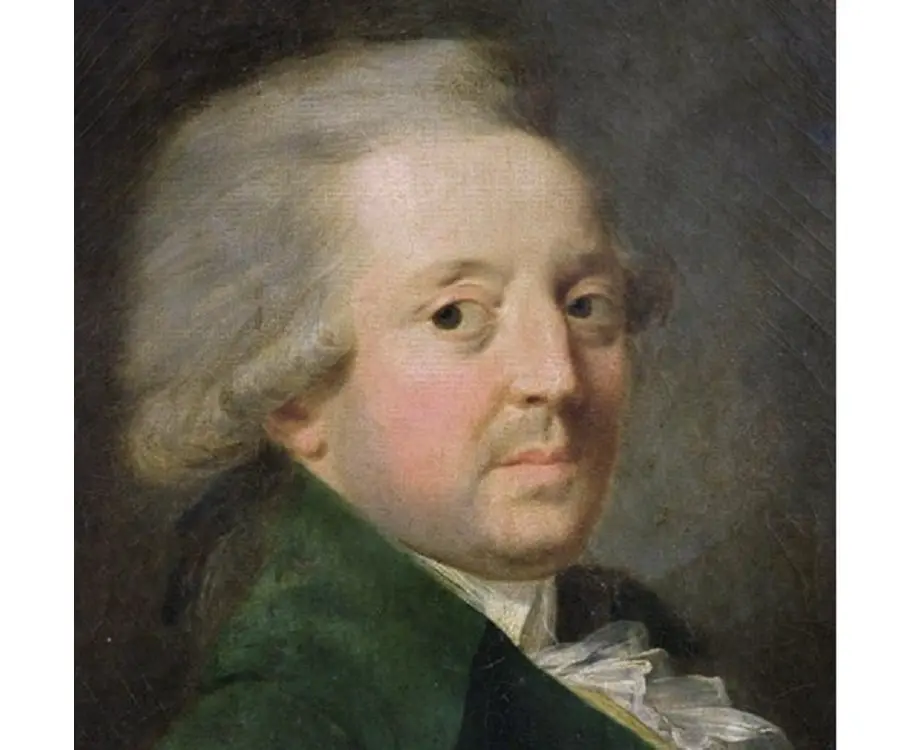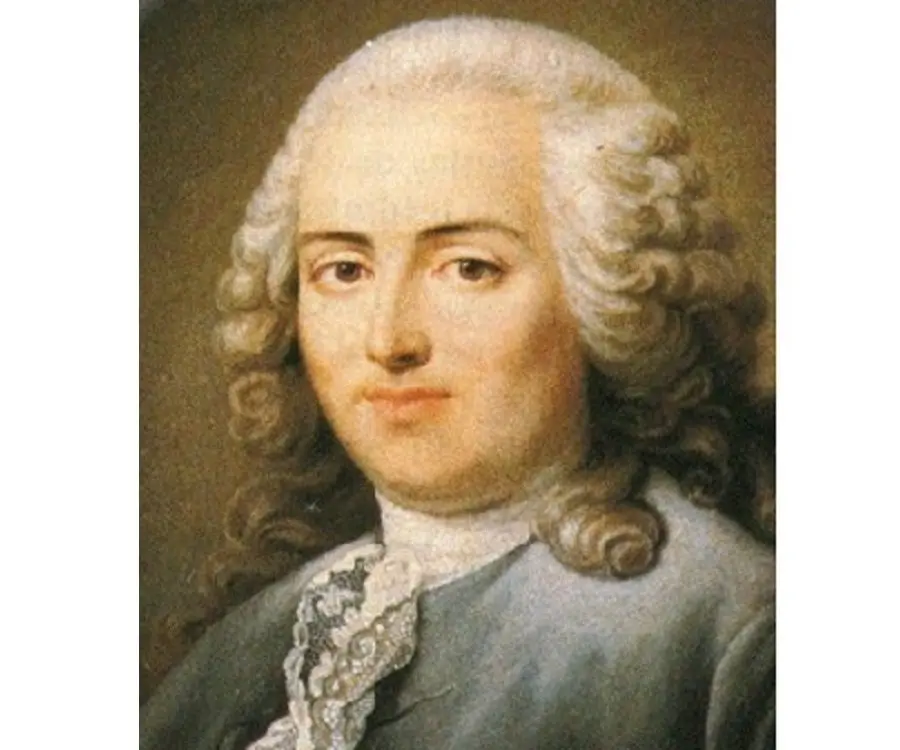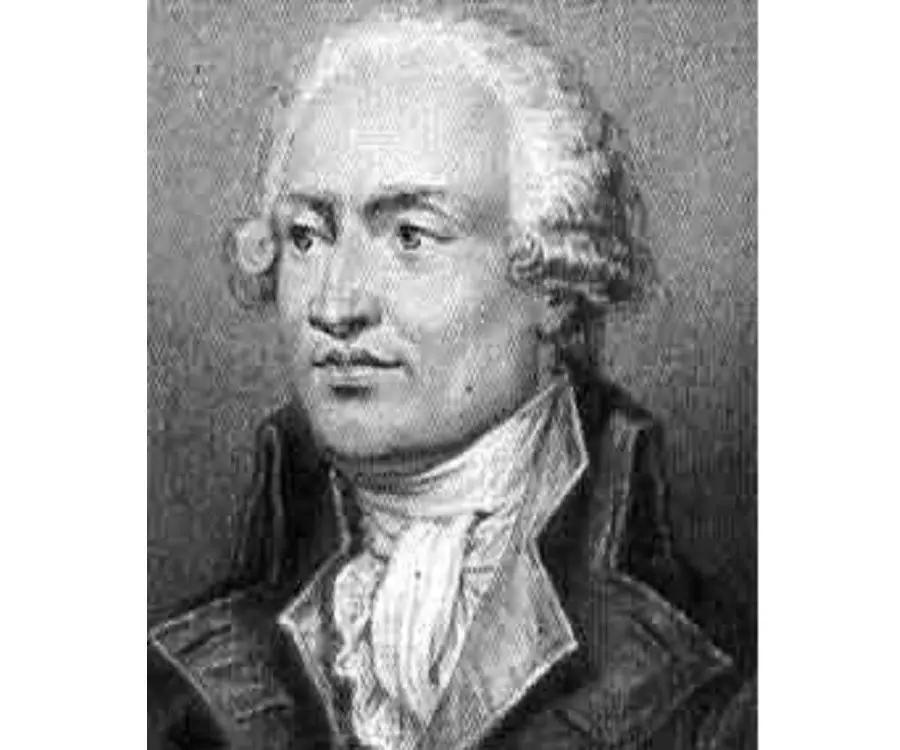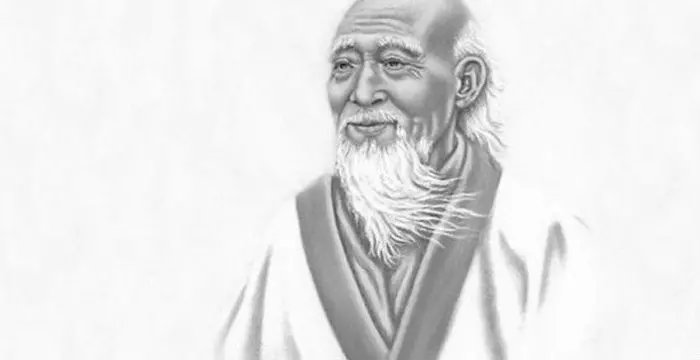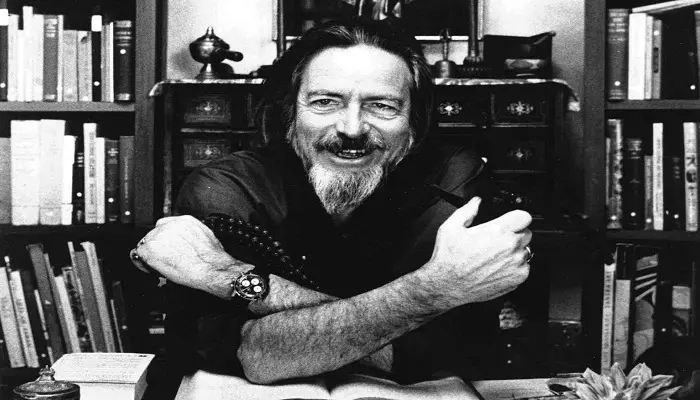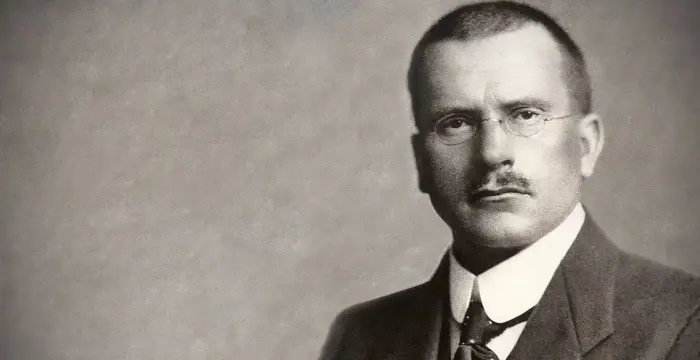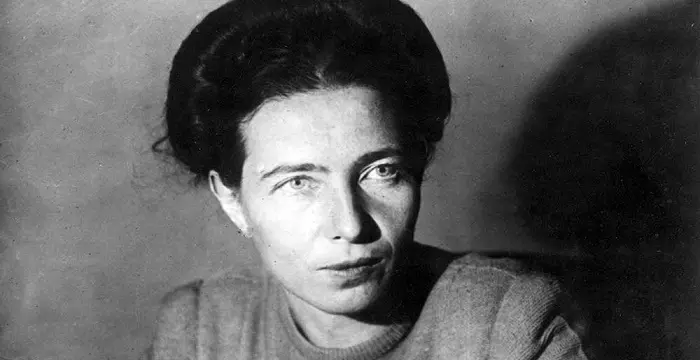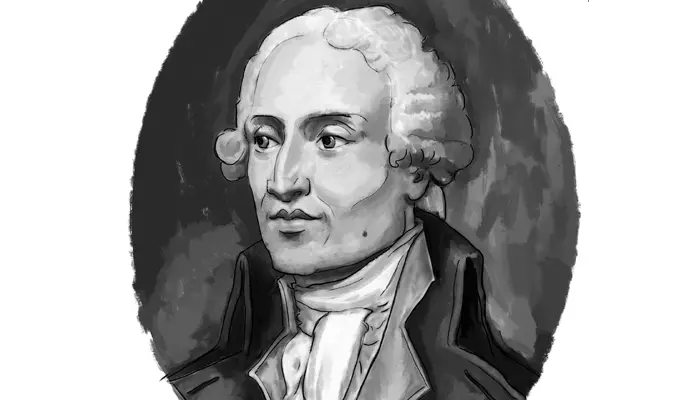
Marquis de Condorcet - Human Rights Activists, Family and Family
Marquis de Condorcet's Personal Details
Marquis de Condorcet was an 18th century French mathematician and philosopher
| Information | Detail |
|---|---|
| Birthday | September 17, 1743 |
| Died on | March 28, 1794 |
| Nationality | French |
| Famous | Activists, Human Rights Activists, Philosophers, Mathematicians |
| Spouses | Sophie de Grouchy |
| Birth Place | Ribemont, France |
| Gender | Male |
| Sun Sign | Virgo |
| Born in | Ribemont, France |
| Famous as | Mathematician, Philosopher |
| Died at Age | 50 |
// Famous Human Rights Activists
Michael Bolton
Michael Bolton is a Grammy Award winning singer and songwriter. Read this biography to learn more about his childhood, profile, life and timeline.
Maggie McGuane
Maggie McGuane is the daughter of Canadian-American actress and activist Margot Kidder. Check out this biography to know about her family, personal life, age, birthday, etc.
Anita Roddick
Anita Roddick was the founder of ‘The Body Shop’, the popular cosmetic brand. This article offers detailed information about her life, career, profile, humanitarian works and timeline
Marquis de Condorcet's photo
Who is Marquis de Condorcet?
Marie Jean Antoine Nicolas de Caritat, better known as Marquis de Condorcet was a French mathematician, philosopher and political thinker whose works exemplified the ideals of the Age of Enlightenment. The Condorcet method—the election method of selecting the candidate who would win in all pairings against each of the other candidates—was proposed by him. He was of liberal political views and believed in equal rights for everyone regardless of race or gender. A much loved and respected figure in 18th century France, his works and writings hold their relevance to this day. A learned man, he was acquainted with several distinguished men of his time like Leonhard Euler, Jacques Turgot and Benjamin Franklin. He was a protégé of the great mathematician and philosopher, Jean Le Rond d’Alembert and became a well respected mathematician in his own right. Over the course of time he focused his interest on philosophy and politics. He became a campaigner for human rights and voiced his opinions seeking equal rights for the blacks and women. He was excited about the French Revolution in which he took an active interest and believed that bringing about political, economical and socials reforms were necessary to transform France. His political activities however led to his arrest and he was later found dead in prison under mysterious circumstances.
// Famous Mathematicians
Grigori Perelman
Grigori Perelman is a Russian mathematician who is best known for his contributions to Riemannian geometry and geometric topology. Check out this biography to know about his childhood, family life, achievements and fun facts about him.
Terence Tao
Terence Tao is an Australian- American mathematician who has contributed enormously to the field of mathematics. Check out this biography to know about his childhood, family life and achievements.
Isaac Newton
Isaac Newton was an English scientist and mathematician, who discovered gravitation and Newtonian Mechanics. Read this biography to find more on his life.
Childhood & Early Life
He was born on 17 September 1943 in Ribemont, France. He lost his father when he was very young and was raised by his mother who was a religious woman.
He went to Jesuit College in Reims after which he went to the College de Navarre in Paris. He was very bright and intelligent and possessed a keen interest in mathematics.
As a teenager he impressed the great mathematician Jean le Rond d’Alembert with his analytical abilities and was taken in as a protege by him. He published his first work on mathematics, ‘Essai sur le calcul integral’ in 1765. This paper was very well received and established him as a respected mathematician.
Career
He was elected to the Academie royale des Sciences (French Royal Academy of Sciences) in February 1769. A few years later he published a paper on integral calculus in 1772 which was much appreciated by the scientific community.
Over the years he became much accomplished not just as a mathematician, but also as a philosopher and political thinker. He was acquainted with several distinguished personalities of his time and was a very popular figure.
He was made the inspector General of the Paris mint in 1774 and served in this post until 1791. This was a turning point for him as from then on he shifted his priority to philosophy and politics from pure mathematics.
He was an abolitionist and believed that everyone, irrespective of their race or gender should get the right to free education. During the 1780s he played an active role in the Society of the Friends of the Blacks.
Condorcet wrote Essai sur l’application de l’analyse a la probabilite des decisions rendues a la pluralite des voix (Essay on the Application of Analysis to the Probability of Majority Decisions), in 1785 which is considered one of his most significant works.
He gave the Condorcet’s jury theorem which is a political science theorem about the relative probability of a given group of individuals making a correct decision. He is also credited with propounding the Condorcet method of selecting a candidate in elections.
In 1785, he became an honorary member of the Royal Swedish Academy of Sciences, and in 1792 the Foreign Honorary Member of the American Academy of Arts and Sciences.
In 1786, he published ‘Vie de M. Turgot’, a biography of his friend, Jacques Turgot, a French economist which was followed by the publication of ‘Vie de Voltaire’ in 1789. These two biographies are widely read even today.
When the French Revolution started in 1789, Condorcet played an active role in campaigning for social, political and economic reforms. He was elected as a Paris representative in the Assembly in 1791 and later became the secretary of the Assembly.
He was an early feminist and advocated for women’s rights. He wrote ‘De l'admission des femmes au droit de cite’ ("For the Admission to the Rights of Citizenship For Women") in 1790.
The 1790s was a period of great political turmoil in France. Marie-Jean Herault de Sechelles, a politician, misrepresented many of Condorcet’s political ideas and thus Condorcet was branded a traitor and an arrest warrant was issued in his name.
He went into hiding to escape being caught; he got the full support of his wife and friends while he was in hiding. He wrote ‘Esquisse d'un tableau historique des progres de l'esprit humain’ (Sketch for a Historical Picture of the Progress of the Human Spirit) during this time which was published posthumously.
Personal Life & Legacy
He courted and married Sophie de Grouchy, one of the most beautiful women of the day, in 1786. His wife was more than 20 years his junior. The couple had a strong marriage which produced one baby girl and remained close till his death. She never remarried.
He went into hiding after an arrest warrant was issued for him in October 1793. After being in hiding for some months he attempted to escape but was arrested and imprisoned. He was found dead two days later, on 28 March 1794, and the cause of his death was never determined.
// Famous Activists
Temple Grandin
Temple Grandin is a well-known American writer, autistic activist and animal expert. This biography profiles her childhood, life, achievements, career and timeline
Susan Sontag
Susan Sontag is an American critical essayist, cultural analyst, novelist, political activist, filmmaker and playwright of international repute. Read on to find out more about her childhood, career, profile and timeline.
Serj Tankian
Serj Tankian is a famous American singer-songwriter and member of the band, ‘System of a Down’. This biography profiles his childhood, music career, life, achievements and timeline.
Marquis de Condorcet biography timelines
- // 1765As a teenager he impressed the great mathematician Jean le Rond d’Alembert with his analytical abilities and was taken in as a protege by him. He published his first work on mathematics, ‘Essai sur le calcul integral’ in 1765. This paper was very well received and established him as a respected mathematician.
- // 1772He was elected to the Academie royale des Sciences (French Royal Academy of Sciences) in February 1769. A few years later he published a paper on integral calculus in 1772 which was much appreciated by the scientific community.
- // 1774He was made the inspector General of the Paris mint in 1774 and served in this post until 1791. This was a turning point for him as from then on he shifted his priority to philosophy and politics from pure mathematics.
- // 1785In 1785, he became an honorary member of the Royal Swedish Academy of Sciences, and in 1792 the Foreign Honorary Member of the American Academy of Arts and Sciences.
- // 1786In 1786, he published ‘Vie de M. Turgot’, a biography of his friend, Jacques Turgot, a French economist which was followed by the publication of ‘Vie de Voltaire’ in 1789. These two biographies are widely read even today.
- // 1786He courted and married Sophie de Grouchy, one of the most beautiful women of the day, in 1786. His wife was more than 20 years his junior. The couple had a strong marriage which produced one baby girl and remained close till his death. She never remarried.
- // 1789When the French Revolution started in 1789, Condorcet played an active role in campaigning for social, political and economic reforms. He was elected as a Paris representative in the Assembly in 1791 and later became the secretary of the Assembly.
- // 1790He was an early feminist and advocated for women’s rights. He wrote ‘De l'admission des femmes au droit de cite’ ("For the Admission to the Rights of Citizenship For Women") in 1790.
- // 28th Mar 1794He went into hiding after an arrest warrant was issued for him in October 1793. After being in hiding for some months he attempted to escape but was arrested and imprisoned. He was found dead two days later, on 28 March 1794, and the cause of his death was never determined.
- // 17th Sep 1943He was born on 17 September 1943 in Ribemont, France. He lost his father when he was very young and was raised by his mother who was a religious woman.
// Famous Philosophers
Martin Buber
One of the greatest philosophers to have ever walked on earth, Martin Buber contributions to philosophy is a long-standing one. Explore all about his profile, childhood, life and timeline here.
Lao Tzu (Laozi)
Lao Tzu was a legendary Chinese philosopher who wrote the important “Daodejing”. This biography profiles his childhood, life, career, achievements and timeline.
Alan Watts
Alan Watts was a famous British philosopher known for his Zen teachings and interpretations of Eastern philosophy. Read more about this great philosopher in the following article.
Carl Jung
Carl Jung was a Swiss psychiatrist famous for founding the school of analytical psychology. This biography of Carl Jung provides detailed information about his childhood, life, achievements, works & timeline.
Simone de Beauvoir
Simone de Beauvoir was an eminent French writer, intellectual, activist, and philosopher. This biography profiles her childhood, life, thoughts, achievements and timeline.
Jabir Ibn Hayyan
Jabir Ibn Hayyan was a medieval era polymath. Check out this biography to know about his life, works and achievements.
Marquis de Condorcet's FAQ
What is Marquis de Condorcet birthday?
Marquis de Condorcet was born at 1743-09-17
When was Marquis de Condorcet died?
Marquis de Condorcet was died at 1794-03-28
Where was Marquis de Condorcet died?
Marquis de Condorcet was died in Bourg-la-Reine, France
Which age was Marquis de Condorcet died?
Marquis de Condorcet was died at age 50
Where is Marquis de Condorcet's birth place?
Marquis de Condorcet was born in Ribemont, France
What is Marquis de Condorcet nationalities?
Marquis de Condorcet's nationalities is French
Who is Marquis de Condorcet spouses?
Marquis de Condorcet's spouses is Sophie de Grouchy
What is Marquis de Condorcet's sun sign?
Marquis de Condorcet is Virgo
How famous is Marquis de Condorcet?
Marquis de Condorcet is famouse as Mathematician, Philosopher


